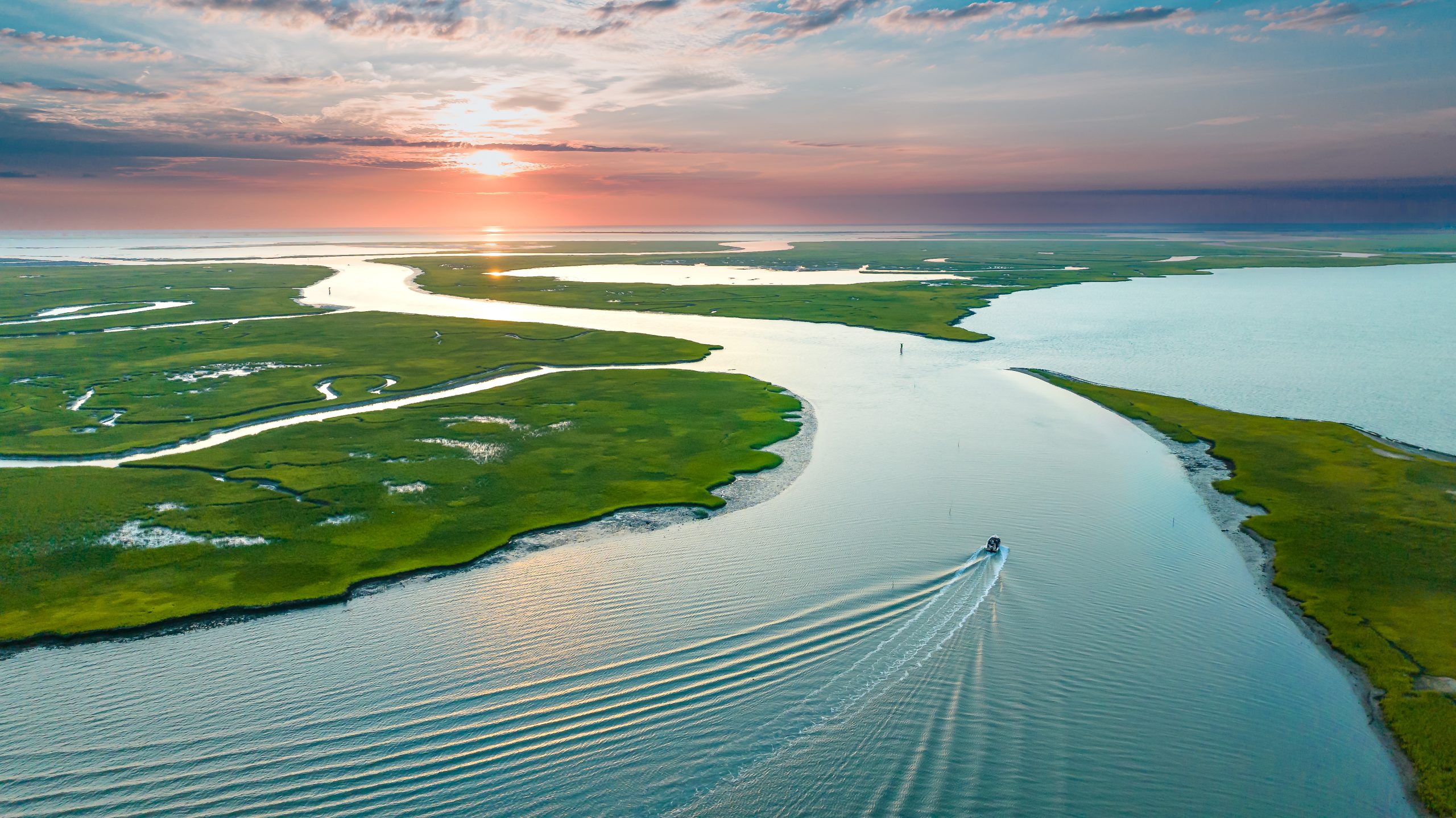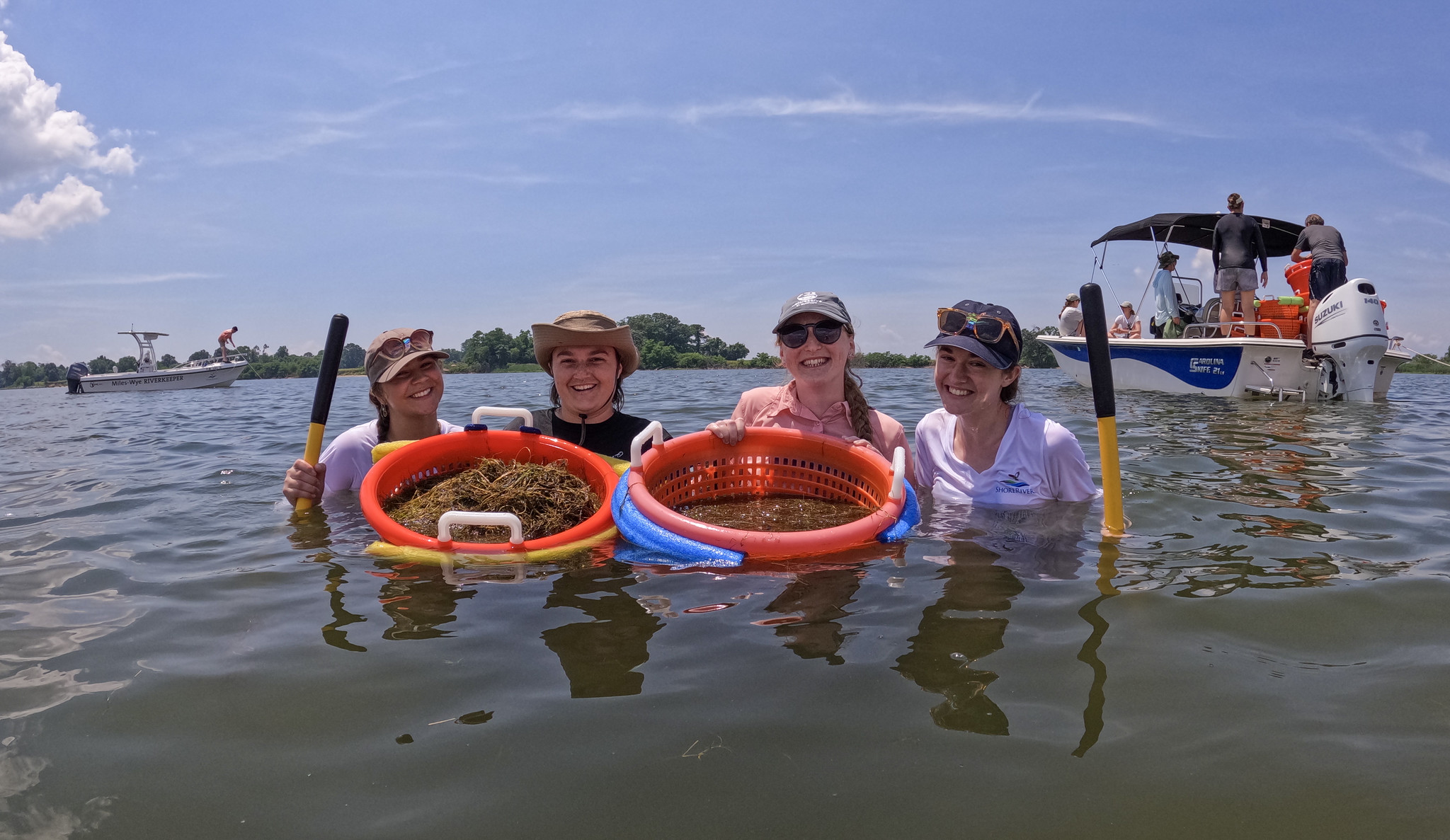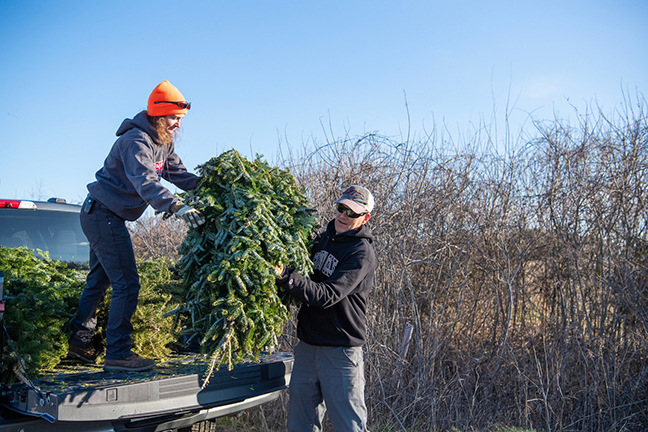Registration is now open for the spring 2025 of “The Woods in Your Backyard” online course from the University of Maryland Extension’s Woodland Stewardship Education program. Our self-directed, non-credit course runs 10 weeks from March 24 to June 2, 2025. The course will help landowners convert lawn to natural areas, and enhance stewardship of existing natural areas. The course provides strategies to landowners of small parcels of land (1-10 acres) that improve the stewardship of their property for personal enjoyment and environmental quality. It uses a hands-on learning approach to help participants develop and implement a plan for their property. Activities include how to map habitat areas, understand basic ecological principles about woodland and wildlife, choose and implement a few habitat management projects, and how to set a timetable and record your progress. Online discussion groups will allow participants to interact with others taking the course. A certificate of completion is awarded when all assignments are completed.
The course costs $125.00 per person, which includes the 108-page “Woods in Your Backyard” guide, workbook, and a tree identification guide. The course is limited to 25 participants, so sign up now! Registration closes March 31st or when filled. Registration is through Eventbrite; go to https://go.umd.edu/WIYB_Spring25.
For more information, go to https://go.umd.edu/the_course, or contact course coordinator Andrew Kling, University of Maryland Extension, [email protected], 301-226-7564.
The University of Maryland Extension programs are open to any person and will not discriminate against anyone because of race, age, sex, color, sexual orientation, physical or mental disability, religion, ancestry, national origin, marital status, genetic information, political affiliation, and gender identity or expression.












